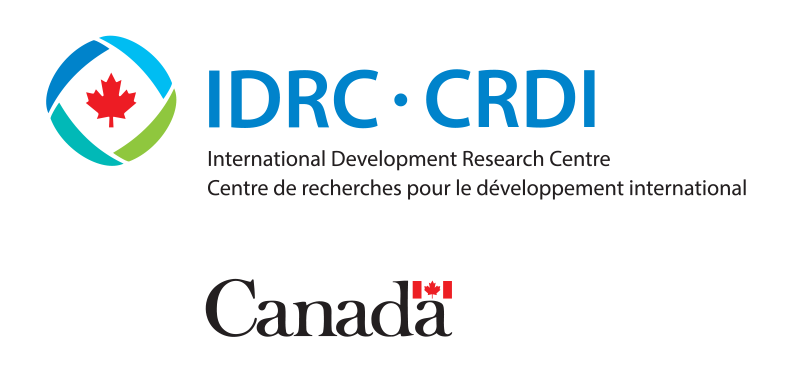
Comprehensive Wealth in Indonesia
For decades, national policy-making has focused on GDP, with growth celebrated as the main standard for deciding how well countries are doing. Yet GDP is a short-term indicator that captures only what is happening in the market economy, ignoring the costs of economic activities on nature, society, and the well-being of future generations. This report explores a measure known as comprehensive wealth, which can serve as an important counterpoint to GDP.
-
Wealth in Indonesia nearly tripled from 1995 to 2020, growing at an average annual growth rate of 4.3%
-
The relatively slow growth of Indonesia's GDP index (2.8%) compared with its comprehensive wealth index suggests the country has not benefited as much from its increasing wealth as it should.
-
Indonesia ranks among the top producers of timber, fish, coal, natural gas, oil, nickel, gold, tin and copper. However, it ranked only 14th in terms of aggregate natural resource wealth and 79th in per capita terms in 2018.
Comprehensive wealth comprises five types of assets: produced capital, human capital, natural capital, financial capital, and social capital. Measuring the size of this portfolio provides a fuller understanding of Indonesia’s development achievements and prospects, reflecting the diverse assets that contribute to its economic and social well-being.
The study reveals that over a 25-year period, Indonesia’s Comprehensive Wealth Index (the inflation-adjusted per capita value of its comprehensive wealth portfolio) nearly tripled, increasing from IDR 404.3 million (USD 86,100) in 1995 to IDR 1.13 million (USD 240,750) in 2020. However, this growth has been uneven across different types of capital.
In contrast, Indonesia’s GDP grew considerably more slowly. In real per capita terms, Indonesia’s GDP grew from IDR 27.5 million (USD 5,860) to IDR 54.1 million (USD 11,500). The relatively slow growth of Indonesia’s real per capita GDP compared with its CWI suggests that the country is not benefiting as much from its increased wealth as it should.
Largely through leveraging national data sources, the authors explore how Indonesia could be “leaving money on the table” and provide a window into the possibilities for the country if it were to better manage its assets.
You might also be interested in
Comprehensive Wealth in Ethiopia
Ethiopia has made progress in expanding its comprehensive wealth despite social, economic, and environmental challenges—but there is room for growth.
Comprehensive Wealth in Trinidad and Tobago
The compilation of comprehensive wealth measures for Trinidad and Tobago from 1995 to 2020 reveals unsettling trends that GDP keeps invisible.
The Urgency and Complexity of Moving Beyond GDP
Efforts to explore how the portfolio of capitals that make up Comprehensive Wealth—financial capital, produced capital, natural capital, human capital, and social capital—can give policymakers insights into how their policies build wealth for their countries in the long run.
Produced Capital in Ethiopia, Indonesia, and Trinidad and Tobago
Part of comprehensive wealth, produced capital is the value of the stock of all human-made assets used to produce goods and services in the economy.
